
Erythrocytes
The erythrocytes are the red blood cells, erythro- the Greek word for red. Erythrocytes carry oxygen from the lungs throughout the rest of the body. They also carry carbon dioxide back to the lungs from cells all over the body as they combine glucose and oxygen to make energy. If the red blood count (RBC) is too low, there may be a problem with anemia, in which there are not enough red blood cells to bring cells oxygen and to take carbon dioxide away. If the RBC is too high, then there may be polycythemia, in which red blood cells may clump and clog the smallest blood vessels throughout the body.
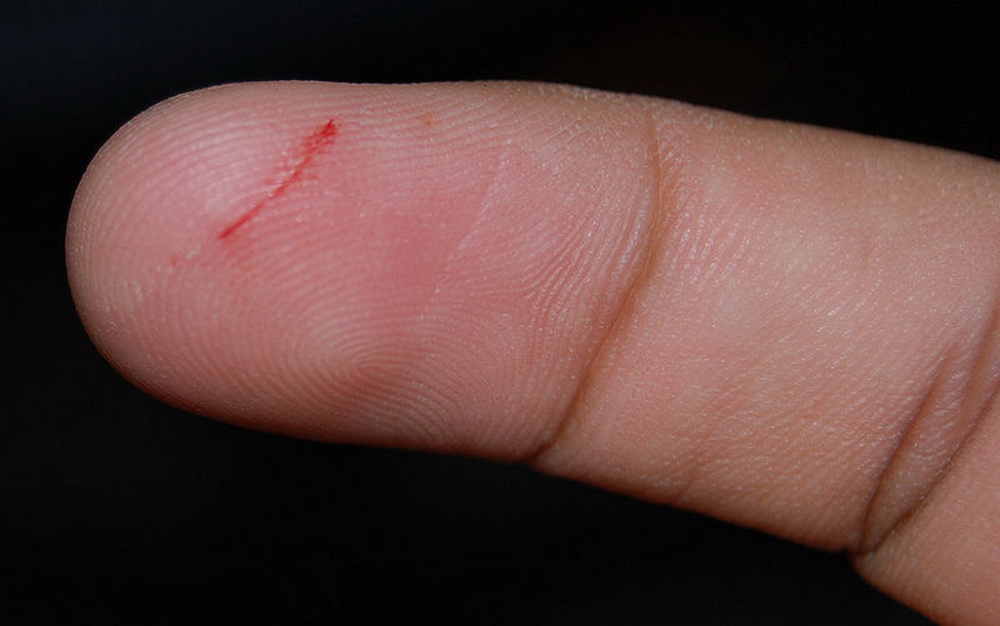
Monocytes
The monocytes are a specialized kind of white blood cells that play a special role in performing important tasks of the immune system. Filled with clear cytoplasm and having an irregular shape something like an amoeba, the monocytes are the immune system's first line of defense, secreting inflammatory substances to fight infection and to remove foreign bodies, and sometimes transforming into macrophages that literally "eat" bacteria and defective cells. Monocytes are identified by special stains and counted as part of a complete blood count (CBC). A high monocyte count indicates a severe infection or certain inflammatory diseases, while a low monocyte count indicates immune suppression.
- Important notification about information and brand names used in this slideshow!
- Photo courtesy of Laurence Facun by Wikimedia Commons : commons.wikimedia.org/wiki/File:Oww_Papercut_14365.jpg
- www.wisegeek.com/what-is-the-function-of-monocytes.htm
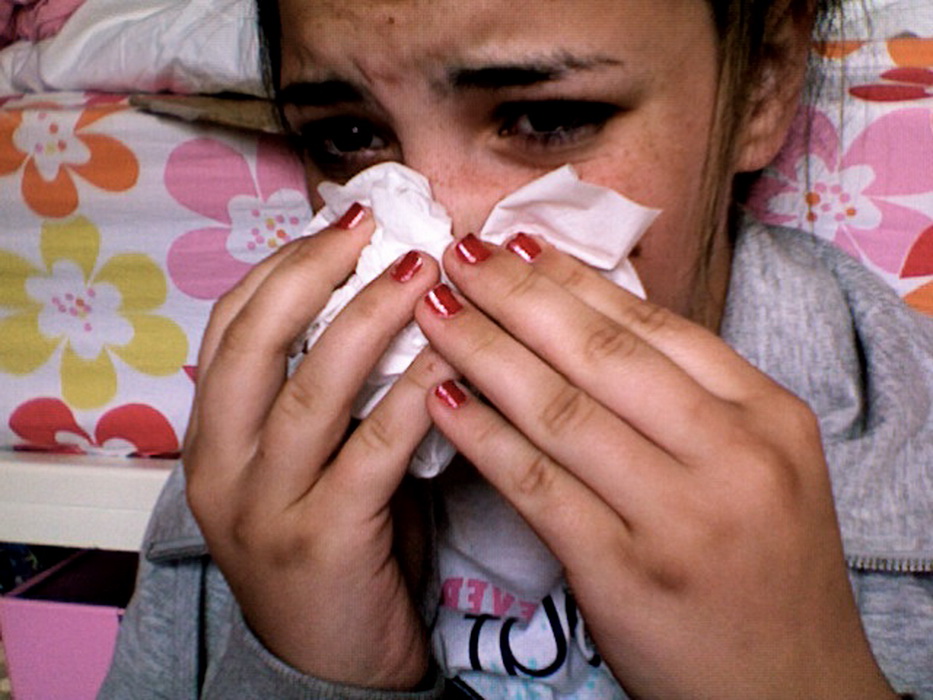
Eosinophils
The eosinophils are specialized white blood cells that fight parasites, organisms composed of more than one cell that have invaded the body. Eosinophils also control certain reactions involved in allergies and asthma. The inflammatory compounds released by eosinophils, such as histamine, damage both parasites and healthy tissues. A high eosinophil count may indicate allergy, asthma, parasitic infection, eczema, hay fever, or even leukemia, while a low eosinophil count may indicate alcohol intoxication, alcoholism, overproduction of steroids by the body, or the use of prescription or illicit steroids. An "absolute" eosinophil is performed by counting these blood cells separately, rather than estimating them as a percentage of total white blood cells, and gives more accurate information for diagnosing eosinophil-related disease.
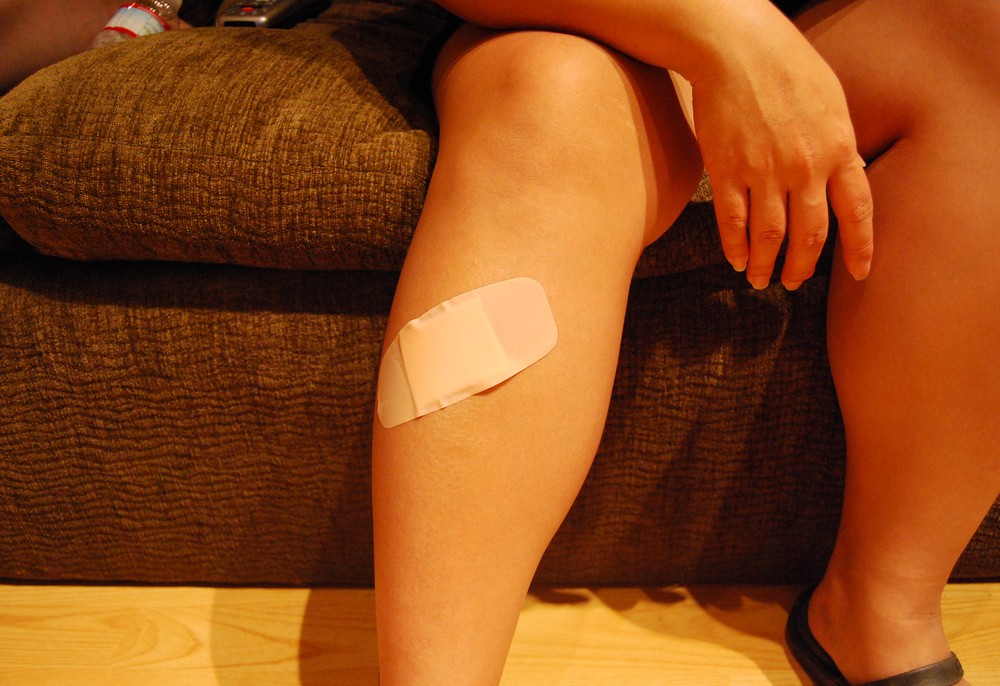
Platelets
Platelets are the blood cells that help your blood make a clot. They are smaller than either red or white blood cells. A smaller than normal number of platelets indicates a condition known as thrombocytopenia, which may carry a risk of serious bleeding after even small cuts or slight internal injuries. It may also indicate an overactive spleen, leukemia, a problem with a heart valve, or a vitamin K deficiency. A higher than normal number of platelets may indicate a risk of blood clotting in the arteries or veins, causing diseases such as phlebitis or stroke. It may also indicate chronic myelogenous leukemia or recent removal of the spleen.

Lymphocytes
Lymphocytes are measured typically to count a specialized kind of white blood cell known as a T-cell. The T-cells are especially important in fighting infection with inflammation, and also for limiting the effects of inflammation so there is minimal damage to healthy tissues. Low T-cell counts are common in HIV and AIDS, in other immunodeficiency disorders, in cancer, in aging, and during radiation therapy. High T-cell counts may (but are not necessarily) due to acute myelogenous leukemia, mononucleosis, and multiple myeloma. Different laboratories may get slightly different counts of lymphocytes, and each lab has its own reference values for interpreting the count as high, low, or normal.
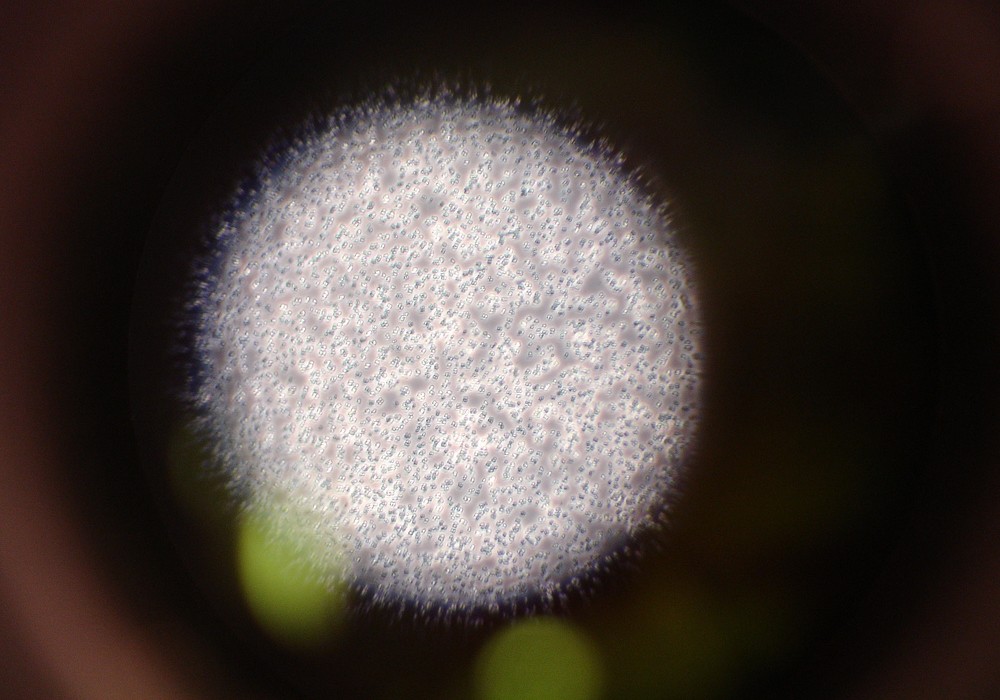
Neutrophils
The neutrophils are specialized white blood cells also known as granulocytes that are distinguished by their containing multiple nuclei instead of a single nucleus in the center of the cell. They are among the immune system's first responders to bacterial infection and injuries such as burns, cuts, and scrapes. They release inflammatory compounds that directly attack infectious microorganisms or dissolve damaged cells, and they can in some cases form a "neutrophil extracellular trap" to generate a series of fibers to capture microbes. a low neutrophil count may indicate an immune deficiency disorder, while a high neutrophil count may indicate an infection or a major injury. Chemotherapy and radiation often induce neutropenia, a condition of insufficient neutrophils for fighting infection.
- Important notification about information and brand names used in this slideshow!
- Photo courtesy of Saroj Regmi by Flickr : www.flickr.com/photos/blahman/284050321/
- medicine.cf.ac.uk/molecular-experimental-medicine/imem-research/ionic-cell-signalling/neutrophil-signalling/neutrophil-resources/neutrophil-function/

Basophils
The basophils are the least common of all white blood cells, comprising just 0.01% to 0.3% of all circulating lymphocytes. Their name refers to their affinity for basic (alkaline) dyes, which can be used to stain them for counting beneath the microscope. Basophils destroy infectious microorganisms with histamine, the same chemical used to create allergy symptoms, and high basophil counts may indicate allergy. High basophil counts sometimes occur in some kinds of leukemia. Low basophil counts are relatively rare, but can occur after a major allergic reaction in which the body's ability to secrete histamine is temporarily exhausted. A severe outbreak of hives may be preceded by a high basophil count and followed by a low basophil count.
- Important notification about information and brand names used in this slideshow!
- Photo courtesy of Scott by Flickr : www.flickr.com/photos/uzi978/3536884578/
- Nakanishi, Kenji (December 2010). "Basophils as APC in Th2 response in allergic inflammation and parasite infection". Current Opinion in Immunology 22 (6): 814–820.
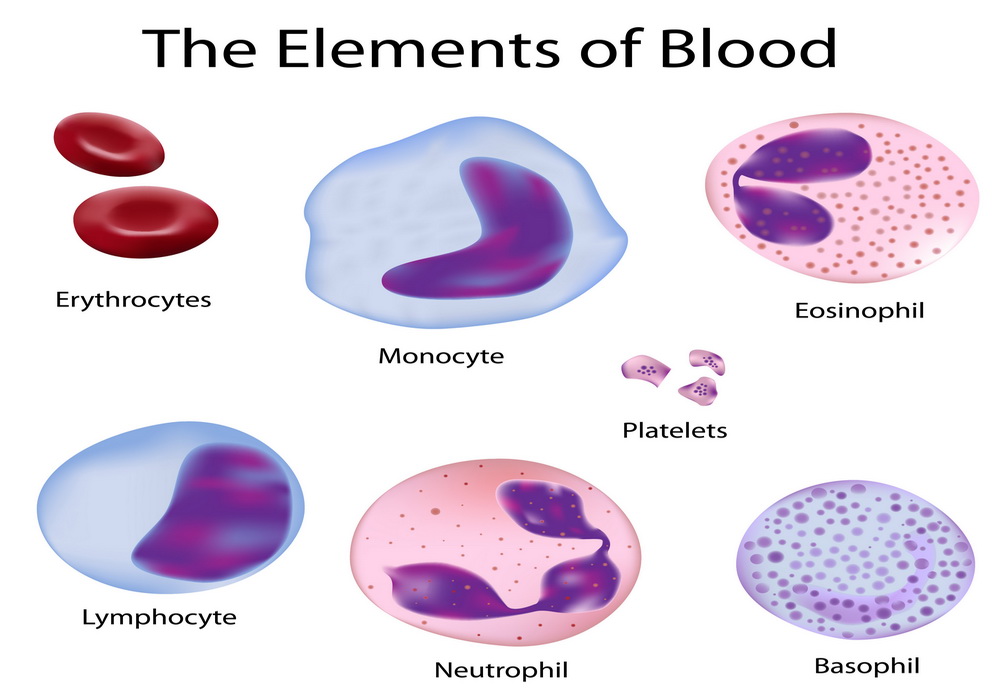
What Does A Complete Blood Count Count?
What are blood elements counted in a complete blood count (CBC)? A CBC measures erythrocytes, also known as red blood cells (RBC). It counts lymphocytes, also known as white blood cells (WBC). The CBC measures packed cell volume (PCV), which indicates how of the blood is made of blood cells and how much is watery plasma, as well as hematocrit (HCT), which measures the percentage of red blood cells in the cellular, "solid," non-plasma fraction of the blood. A CBC includes a platelet (also known as thrombocyte) count, indicating the blood's clotting power, and the amount of hemogloin (Hgb) in the blood sample. These measurements can be used to compute several other useful indices, such as corpuscular volume (MCV), mean corpuscular hemoglobin (MCH), and mean corpuscular hemoglobin concentration (MCHC)..
- Important notification about information and brand names used in this slideshow!
- Photo by shutterstock.com
- Blood Test Results Explained (All About Blood). http://www.bloodtestresultsexplained.com/blood-test-abbreviations. Accessed 24 January 2014.

Blood Elements And Circulation
The complete blood count (CBC) gives your doctor and you a count of the different kinds of cells that make up your blood, but a blood smear can tell even more about your blood elements and circulation. For a blood smear, a small sample of blood is mixed with a dye that stains blood cells so that they are more visible and then smeared on a slide to be examined under a microscope. The shape and size of cells under the microscope can be used to diagnose sickle cell disease, malaria, and certain kinds of anemia, and the pathologist may also note infectious microorganisms in the bloodstream.
- Important notification about information and brand names used in this slideshow!
- Photo courtesy of Emily Hildebrand by Flickr : www.flickr.com/photos/emilyrachelhildebrand/5939294220/
- Web MD A to Z Guides. Complete Blood Count. http://www.webmd.com/a-to-z-guides/complete-blood-count-cbc. Accessed 24 January 2014.

What Blood Tells Us About The Body
Blood testing helps doctors make diagnoses. Sometimes a blood test tells the doctor what to look for. A low platelet count, for instance, is a signal that there may also be bruising. A high white blood cell count is a tipoff of infection. Certain blood factors may indicate abnormalities of liver or kidney function or to chronic inflammation. Other times a blood confirms the doctor's suspicions. The numbers generated by laboratory testing of the blood give both you and your doctor objective evidence of subjective impressions about your symptoms, and allow you and your doctor to choose the right course of treatment and the right medications.
- Important notification about information and brand names used in this slideshow!
- Photo courtesy of Ryan by Flickr : www.flickr.com/photos/rcferdin/4743200720/
- Rister, R. S. Healing without Medication. Basic Health Publications, 2003.


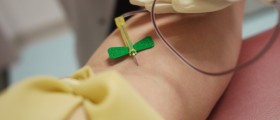
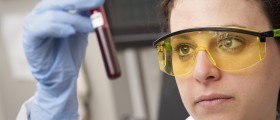




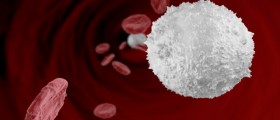
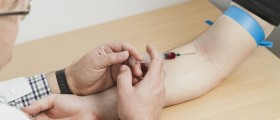
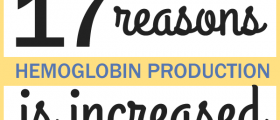
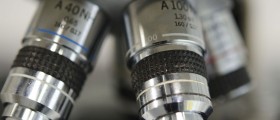


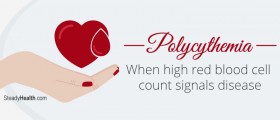
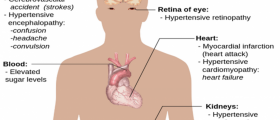
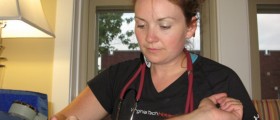
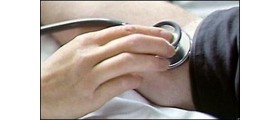
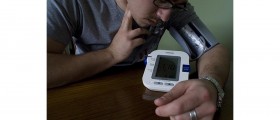


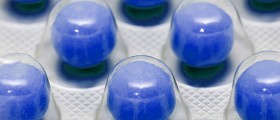

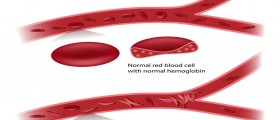

Your thoughts on this
Loading...